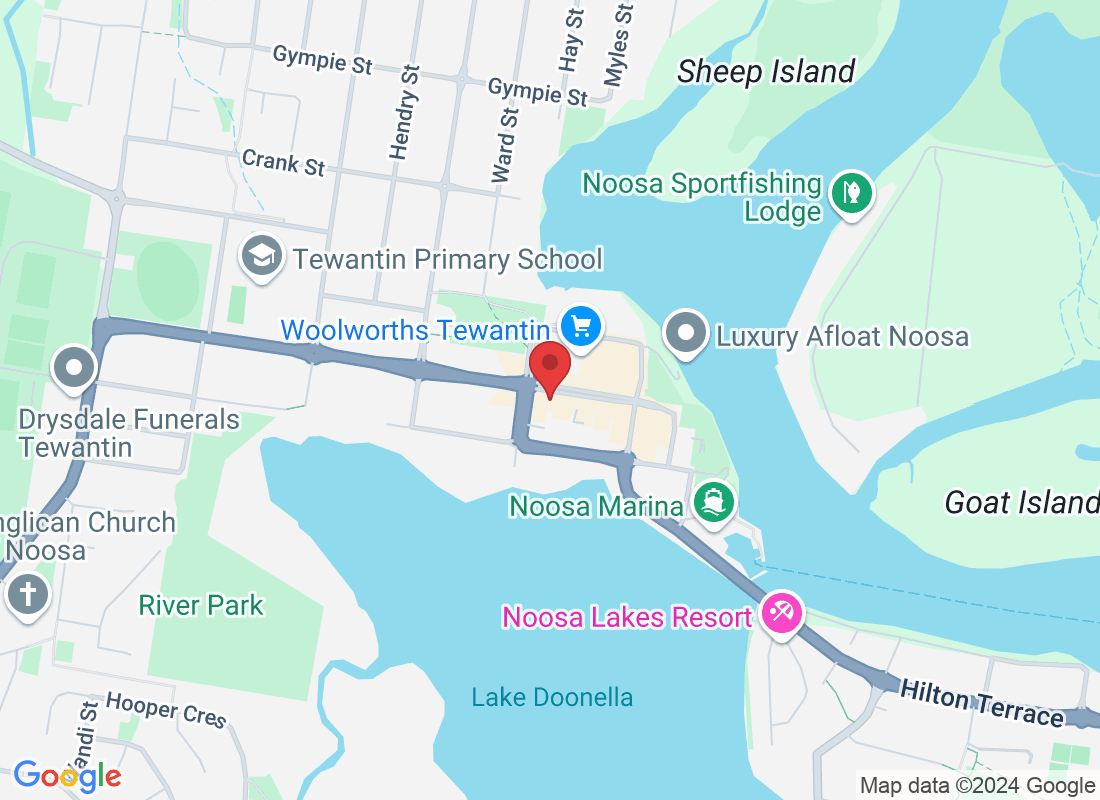
Why Your Sciatica Isn’t Going Away – And What Can Help
If you’ve been dealing with that sharp, shooting pain down your leg, chances are someone’s mentioned sciatica.
It’s a pain that starts in your lower back or hip and travels down the leg—sometimes all the way to your foot. It can be burning, tingling, aching, or downright electric. And for many people, it just lingers… no matter how many stretches, painkillers, or rest days they try.
So, why does it hang around for so long? And more importantly—what can actually help?
First, What Is Sciatica?
Sciatica isn’t a condition on its own—it’s a word used to describe symptoms caused by irritation of the sciatic nerve, the longest nerve in your body.
This irritation usually comes from things like:
A bulging or herniated disc
Spinal joint changes (often from wear and tear)
Muscle tension, especially in the lower back or hips
Poor posture or body mechanics over time
Why Your Sciatica Might Not Be Going Away
There are a few reasons sciatica can become stubborn:
1. Only Treating the Pain, Not the Cause
Painkillers, heat packs or rest might ease the pain short-term—but they don’t fix what’s pressing or irritating the nerve.
2. Waiting Too Long to Get Help
Sometimes we hope it’ll “go away on its own.” And sometimes it does. But if it sticks around for weeks or months, it often needs guided rehab to improve.
3. Doing the Wrong Exercises
Yes, stretching can help—but only when it’s the right stretch for your body and the root cause. The wrong moves can actually make it worse.
How Physiotherapy Can Help Relieve Sciatica
At Tewantin Physiotherapy, we work with people dealing with sciatica every day. Our goal is simple: find out why your sciatic nerve is irritated—and then help your body recover.
Here’s how we approach it:
Thorough Assessment: We look at your back, hips, posture, strength and nerve mobility to understand what’s going on.
Hands-On Treatment: To relieve pressure, reduce muscle tightness, and improve movement where it's restricted.
Targeted Exercises: Not just generic stretches. We guide you through the right movements to take pressure off the nerve and support your recovery.
Everyday Advice: Like how to sit, sleep, move, and work in ways that support healing and reduce flare-ups.
You Don’t Have to Live With Sciatica
Whether you’ve had sciatic pain for a few weeks or a few years, there is something you can do. And the earlier you get support, the sooner you can get back to doing the things you love—without the pinch, burn or shock shooting down your leg.
At our Noosa physiotherapy clinic, we’re here to help you get real relief, move better, and feel like yourself again.



